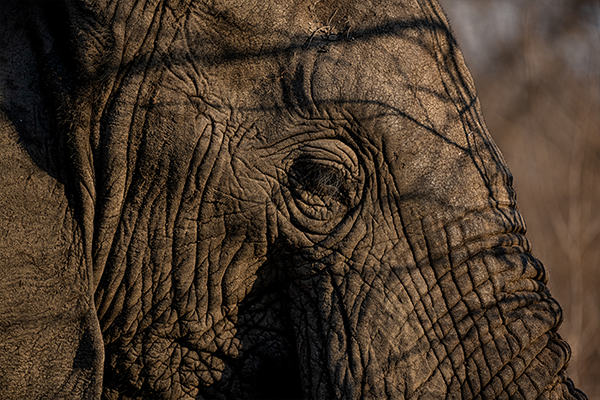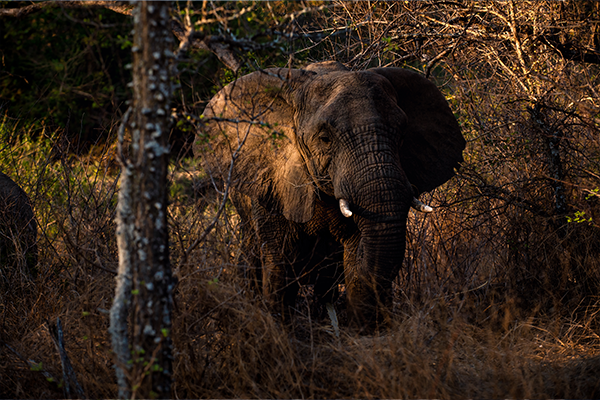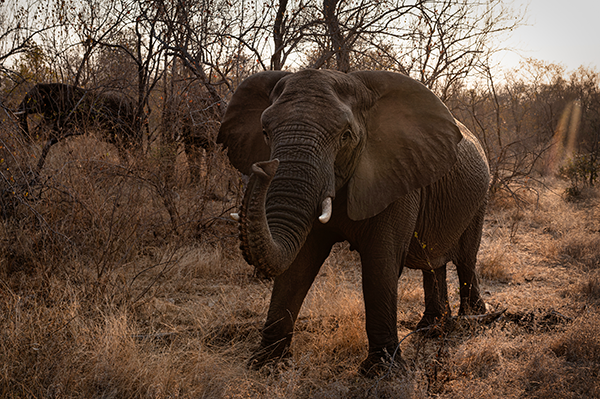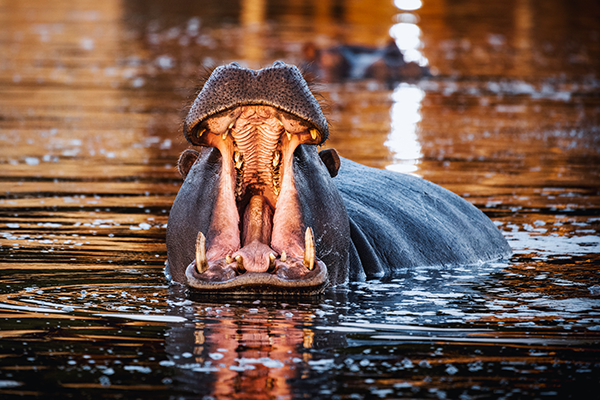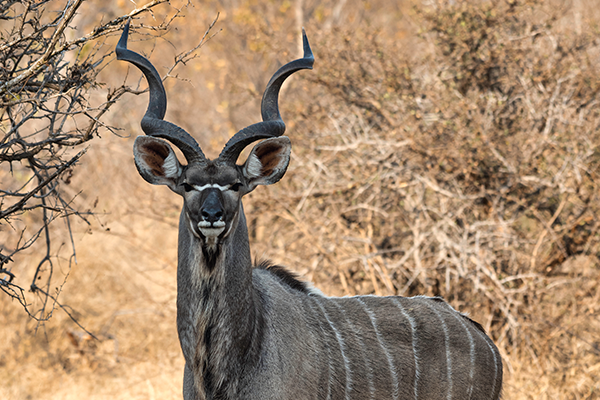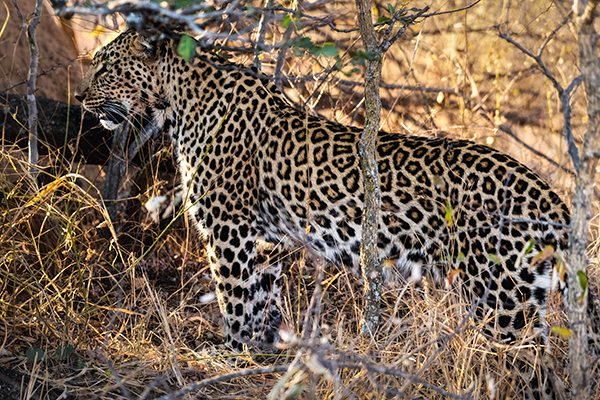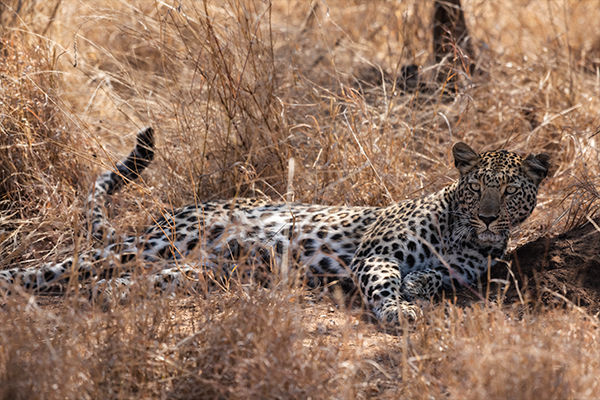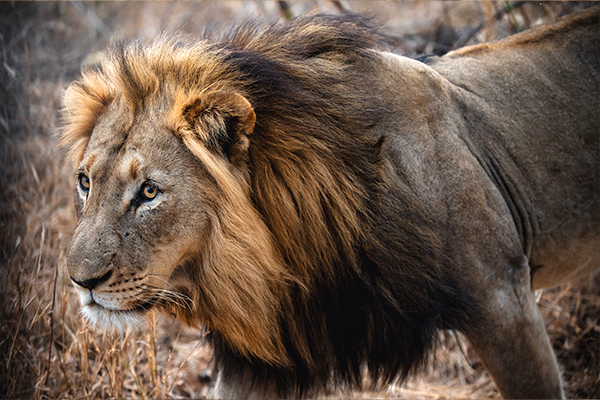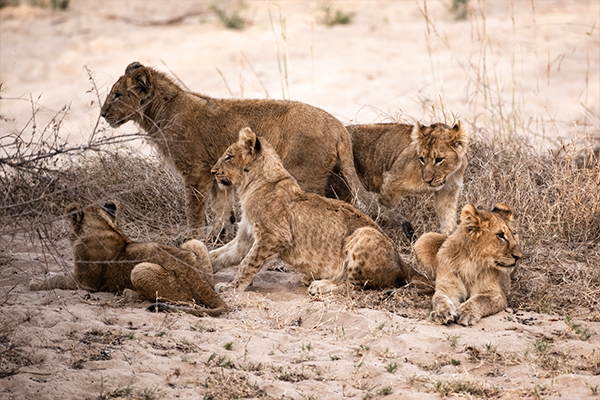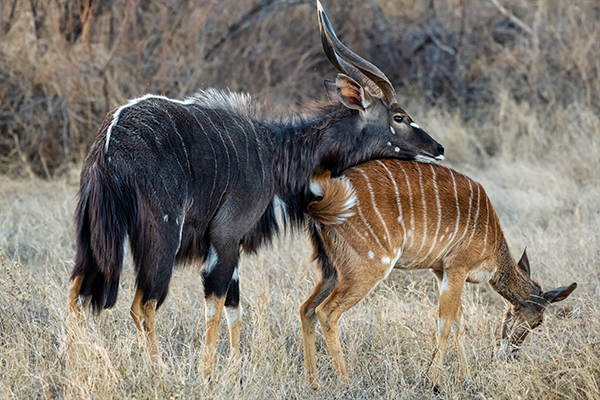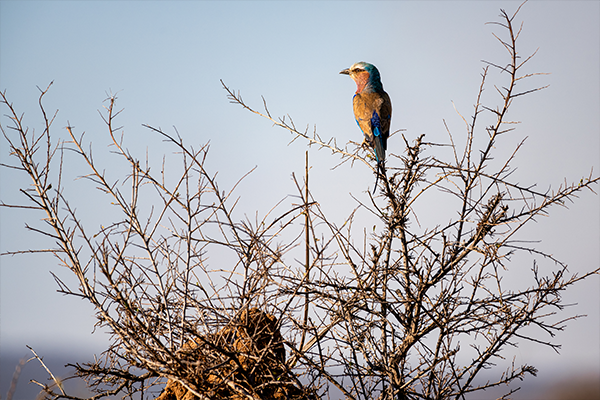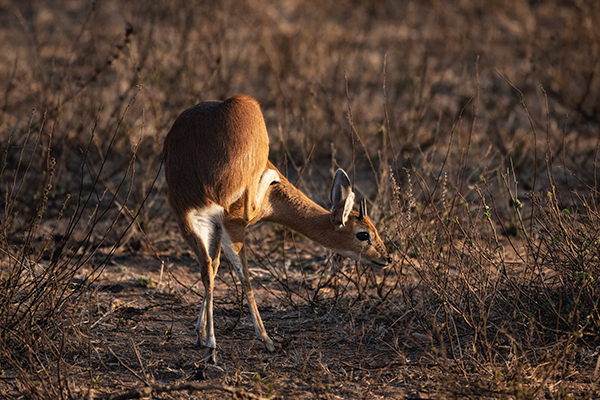A WILDERNESS SANCTUARY
IN THE GREATER KRUGER
ABOUT MAKALALI
PRIVATE GAME RESERVE
Nestled in the heart of Limpopo Province, Makalali Private Game Reserve is a breathtaking conservation area that spans 25,000 hectares of unspoiled wilderness. Overlooking the majestic Drakensberg mountain range, this remarkable reserve is a sanctuary for diverse wildlife and a haven for nature lovers seeking an authentic safari experience.
Makalali is uniquely bisected by the perennial Makhutswi River, a vital tributary of the Olifants River, and also boasts 10 km of Selati River frontage, attracting an abundance of wildlife year-round. Established in 1994, the reserve has grown into a registered protected area, dedicated to the conservation of land and wildlife. It is home to the Big Five—lion, leopard, elephant, rhino, and buffalo—as well as cheetahs, wild dogs, giraffes, and a vast array of birdlife.
With a commitment to ecological restoration and sustainable tourism, Makalali plays a crucial role in preserving South Africa’s natural heritage. Whether exploring its diverse landscapes on thrilling game drives or simply soaking in the tranquility of its rivers and bushveld, visitors to Makalali are guaranteed an unforgettable wilderness experience.
WILDLIFE
Makalali Private Game Reserve is a thriving wildlife sanctuary, home to an incredible diversity of species that roam freely across its 25,000-hectare expanse. As a Big Five reserve, visitors have the opportunity to encounter Africa’s most iconic animals—lion, leopard, elephant, rhinoceros, and buffalo—in their natural habitat. Sightings of these majestic creatures are common, making every game drive an exhilarating experience.
Beyond the Big Five, Makalali also supports cheetahs, African wild dogs, giraffes, zebras, and an array of antelope species, including kudu, impala, and waterbuck. The reserve’s mix of open savannah, riverine forests, and dense bushveld provides an ideal environment for a wide range of wildlife. Hippos and crocodiles thrive in the reserve’s rivers and waterholes, while nocturnal species such as hyenas, civets, and bush babies emerge after sunset, offering a different perspective of the African wilderness.
Bird enthusiasts will find Makalali to be a paradise, with over 300 recorded bird species. The reserve is home to the African fish eagle, its distinctive call echoing over the water, as well as the striking lilac-breasted roller, hornbills, kingfishers, and the endangered southern ground hornbill. Whether tracking big cats, watching elephants at a waterhole, or admiring the rich birdlife, Makalali promises an unforgettable wildlife experience in one of South Africa’s most spectacular conservation areas.
HISTORY
Makalali Private Game Reserve was established in 1994 as a visionary conservation project aimed at restoring degraded farmland into a thriving wildlife sanctuary. The land, once used for cattle farming, had suffered from environmental degradation, with overgrazed plains and disrupted ecosystems. Recognizing the potential of this pristine region, conservationists and landowners came together to rehabilitate the area, reintroducing native wildlife and restoring the natural balance of the ecosystem.
Over the years, Makalali grew into a 25,000-hectare protected wilderness, gaining recognition as a registered conservation area dedicated to safeguarding South Africa’s biodiversity. The reserve is uniquely bisected by the Makhutswi River, a tributary of the Olifants River, and also includes 10 km of Selati River frontage, providing vital water sources that sustain the region’s diverse wildlife. Through careful management, the reserve successfully reintroduced key species, including the Big Five—lion, leopard, elephant, rhinoceros, and buffalo—as well as cheetahs, African wild dogs, and a variety of plains game.
Today, Makalali stands as a testament to the power of conservation and ecological restoration. It continues to be a model for sustainable tourism, offering unforgettable safari experiences while actively contributing to wildlife protection and habitat preservation. By visiting the reserve, guests not only witness its breathtaking landscapes and wildlife but also support ongoing conservation efforts that ensure this remarkable ecosystem thrives for generations to come.

